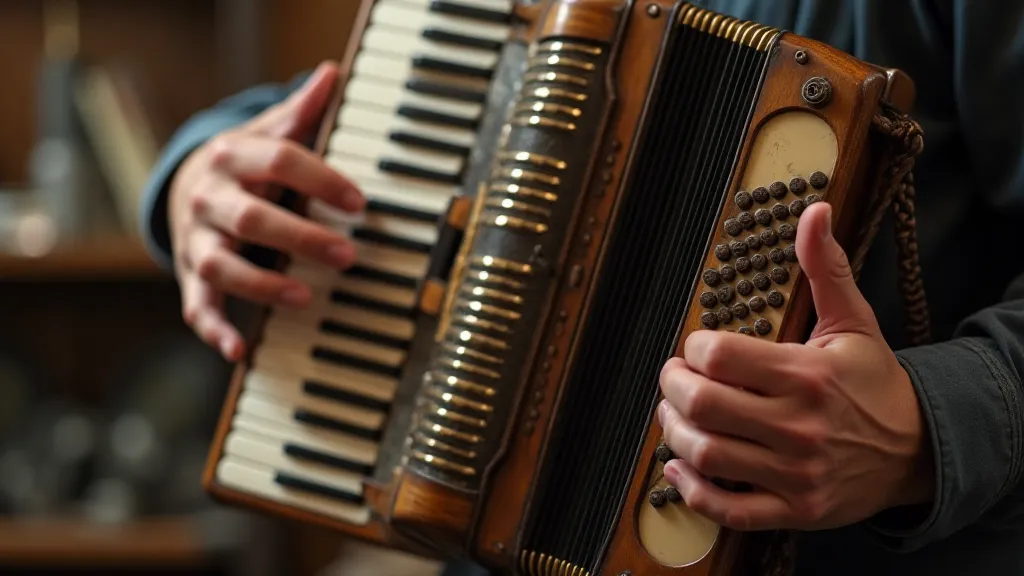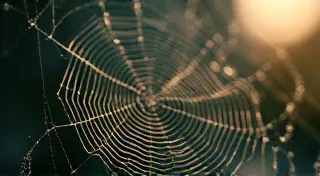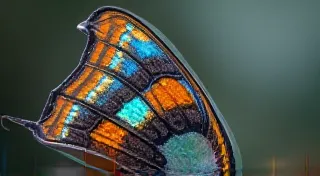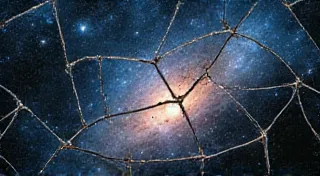The Celestial Echo: Capturing Transient Events in the Night Sky
There's a peculiar resonance that echoes through the night sky, a fleeting beauty that whispers of cosmic drama. It's the trail of a meteor, the sudden bloom of a supernova, the ethereal glow of a transient nebula. Capturing these moments – these celestial echoes – is a unique challenge and a deeply rewarding pursuit in astrophotography. It demands patience, skill, and a certain reverence for the universe’s grand spectacle. It's a journey that, surprisingly, I find reminiscent of restoring antique accordions.
The meticulousness required, the careful study of its history, the understanding of intricate mechanisms - it’s all surprisingly similar. An antique accordion, like a transient astronomical event, is a testament to human ingenuity, a piece of history that offers a profound connection to the past. Each key, each reed, tells a story; each faint trace of a meteor, each fleeting pulse of a supernova, is a narrative written in light across the cosmos.
The Allure of the Fleeting: Why Photograph Transients?
Most astrophotography focuses on deeper, more stable targets: nebulae, galaxies, star clusters. These are magnificent, certainly, but their beauty unfolds over hours, even nights, of exposure. Transients, however, are different. They are, by definition, *temporary*. A meteor shower peaks for only a few hours. A supernova, while potentially visible for weeks or months, presents a rapidly evolving scene. Photographing them is like chasing a dream, a delicate dance with time and circumstance.
The sheer thrill of witnessing and recording something that might not be there tomorrow is intoxicating. Imagine being the one to document a particularly vibrant meteor burst, to capture the subtle shifts in a supernova's brightness. It’s a tiny piece of immortality, a legacy etched in pixels.
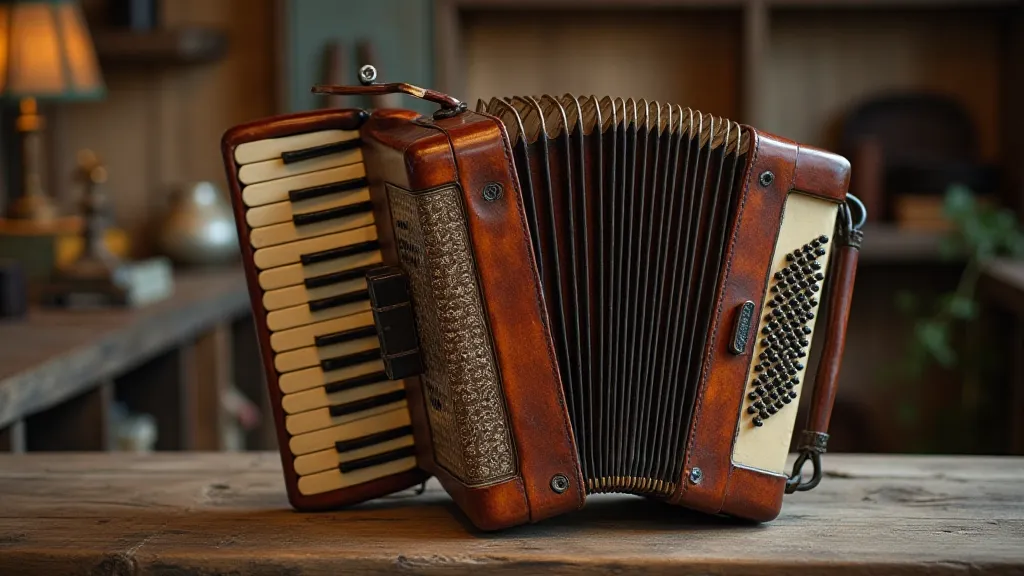
Equipment Considerations: Speed and Sensitivity
Photographing transients isn't about long exposures and deep stacking. It’s about capturing light quickly. This dictates a different approach to equipment. A DSLR or mirrorless camera with excellent high-ISO performance is essential. Modern sensors, particularly those found in cameras designed for low-light conditions, are far superior to older models. Consider a camera with a fast, wide-aperture lens (f/2.8 or faster) to gather as much light as possible.
For meteor showers, a standard tripod and a wide-angle lens are often sufficient. You're aiming to capture a broad swathe of the sky, maximizing your chances of catching a meteor. For supernovae (if you’re fortunate enough to observe one), or other variable celestial objects, a telescope is useful for greater detail. However, a tracking mount is almost mandatory. The Earth’s rotation will cause the object to smear across your image within seconds, rendering it useless.
Tracking mounts, often computerized, counteract this rotation. They’re more complex than simple tripods but worth the investment. You'll need to polar-align the mount, ensuring its rotational axis is aligned with the Earth's axis. Polar alignment can be tricky, requiring practice and a reliable polar scope. Think of it like carefully tuning the reeds of an accordion – slight adjustments make a world of difference.
Tracking Techniques and Settings
Once your mount is polar-aligned and tracking, the real work begins: capturing the images. For meteor showers, you’re essentially doing a time-lapse. Set your camera to continuous shooting mode (or use intervalometer) with short exposures (1-5 seconds). Higher ISO settings (800-3200, or even higher, depending on your camera’s performance) are needed to compensate for the short exposure times. Bracketing exposures is a good idea to ensure you capture the full dynamic range.
Photographing a supernova presents a different set of challenges. You'll need to monitor the object’s brightness over time. Take regular images (every few minutes) using a telescope and tracking mount. Software can then be used to compare the images and track changes in brightness. Calibration frames (darks, flats, and biases) are crucial for accurate photometry.
I’ve learned that precision and patience are key here. Just as an accordion repairer must meticulously clean and reassemble each part, I must consistently monitor and adjust my settings, observing how they affect the final image.
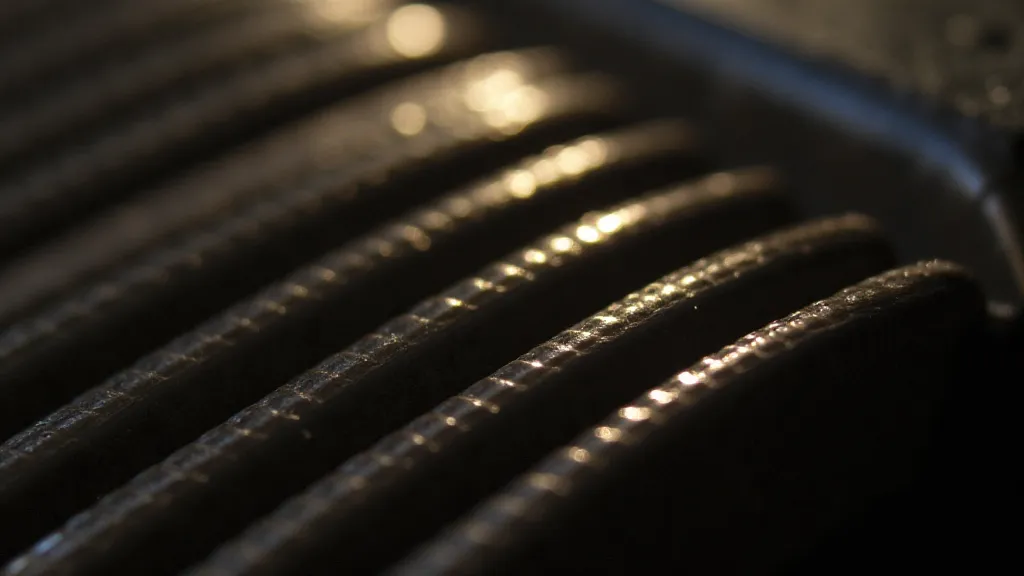
Ethical Considerations: Sharing Transient Data
Photographing and sharing data on transient astronomical events comes with ethical responsibilities. If you witness an unusual or potentially significant event, consider reporting it to established networks like the International Supernova Network (ISN) or the American Meteor Society (AMS). Your observation could contribute to a larger scientific understanding of the universe.
Be mindful of light pollution. Excessive use of bright lights can obscure the night sky and hinder observations for others. Use red lights when working in dark locations to preserve your night vision and avoid disturbing wildlife. Always respect private property and be considerate of your surroundings.
The Reward: A Connection to Cosmic Time
Capturing a transient event isn’t just about taking a photograph; it’s about participating in a cosmic conversation. It's about acknowledging the ephemeral nature of existence, both human and celestial. Every meteor that blazes across the sky, every supernova that briefly illuminates the void, is a reminder of the constant change and evolution that defines the universe.
And, I find, that same sense of awe and connection resonates with me when I hold an antique accordion. These instruments, crafted by hands long gone, represent a similar link to the past, a tangible connection to the creativity and ingenuity of previous generations. Both, in their own way, offer a glimpse into the grand tapestry of time.
The effort involved in tracking a transient, in meticulously calibrating equipment, in patiently waiting for the perfect moment – all of it culminates in a profound sense of accomplishment. You’ve captured a fleeting echo of the cosmos, a moment that might otherwise have been lost forever. And that, ultimately, is the greatest reward.
